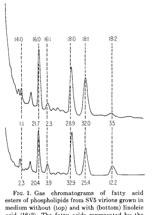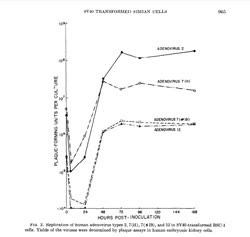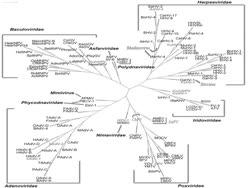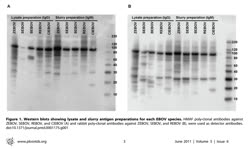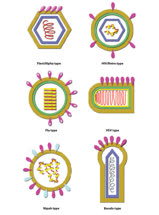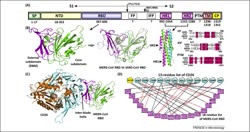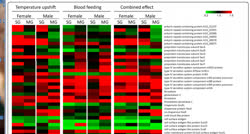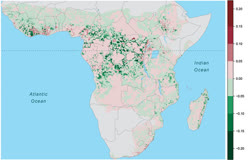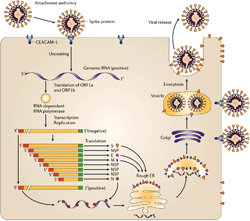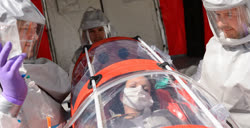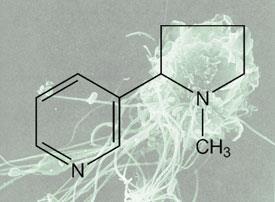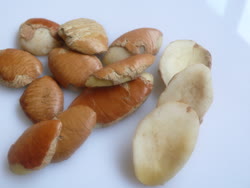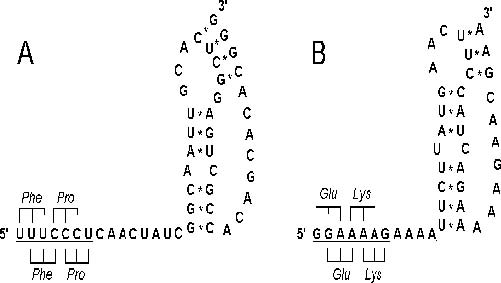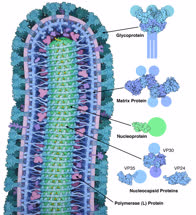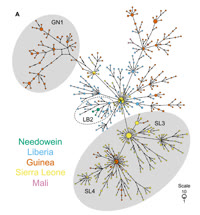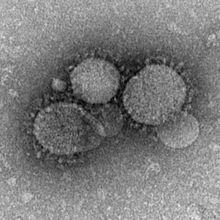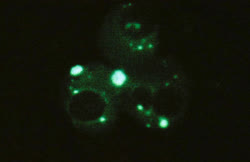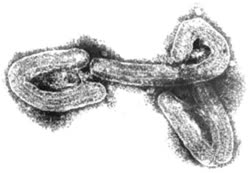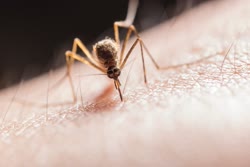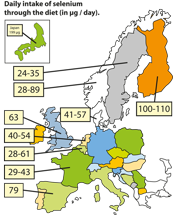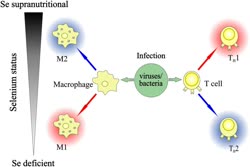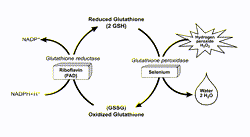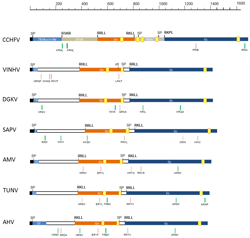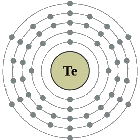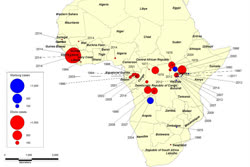
|
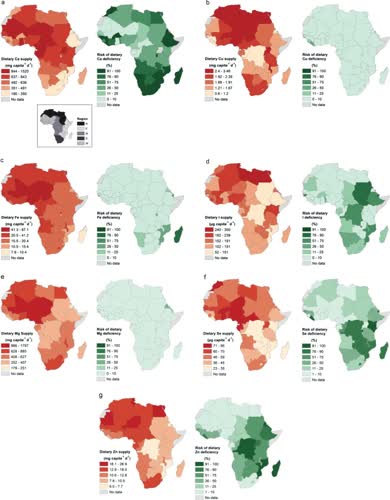
|
Electron micrograph of MARV, the Marburg virus and Se distribution in Africa.
"Filoviruses are among the most pathogenic of human viruses. They are classified as “Biological Level 4” agents (WHO; Risk Group 4) based on their high mortality rate, person-to-person transmission, potential aerosol infectivity, and absence of vaccines and chemotherapy.
Filoviruses — like all RNA viruses — presumably have a potential for rapid evolution because of an inherently high error rate of the virus encoded polymerase and a lack of repair mechanisms. The consequence may be a spectrum of genetic variants that are selected by the host for different transmissibility, virulence, and other biological properties."
Marburg and Ebola Viruses
Heinz Feldmann, Hans-Dieter Klenk
http://www.sciencedirect.com/science/article/pii/S0065352708607332
Because the disease can only affect animals that have to little ascorbate, nearly always those that do not make their own ascorbate, then in one sense it's like a global antibody the culls out defective genetics in animal species eliminating species that lost the gene to prodice ascorbate; if we put that bacik, we'll be immune to it except in very rare cases when demand for C is not met by supply. Ebola turns the human body to soup by eating the connective tissue that holds the body together so it can extract the ascorbate out of it to use to make new copies of itself. There can be no vaccine for Ebola becasue the first thing it attacks is the part of the immune system that kills viruses, the macrophages that were trained by the vaccine. Ebola doesn't care, it just eats them and uses theie chemicals to make new virons to infect the rest of the body. Selenium in the correct form and dose chemically inhibits the virus' ability to infect a host cell as described in Lipinski's 2015 Ebola paper.


